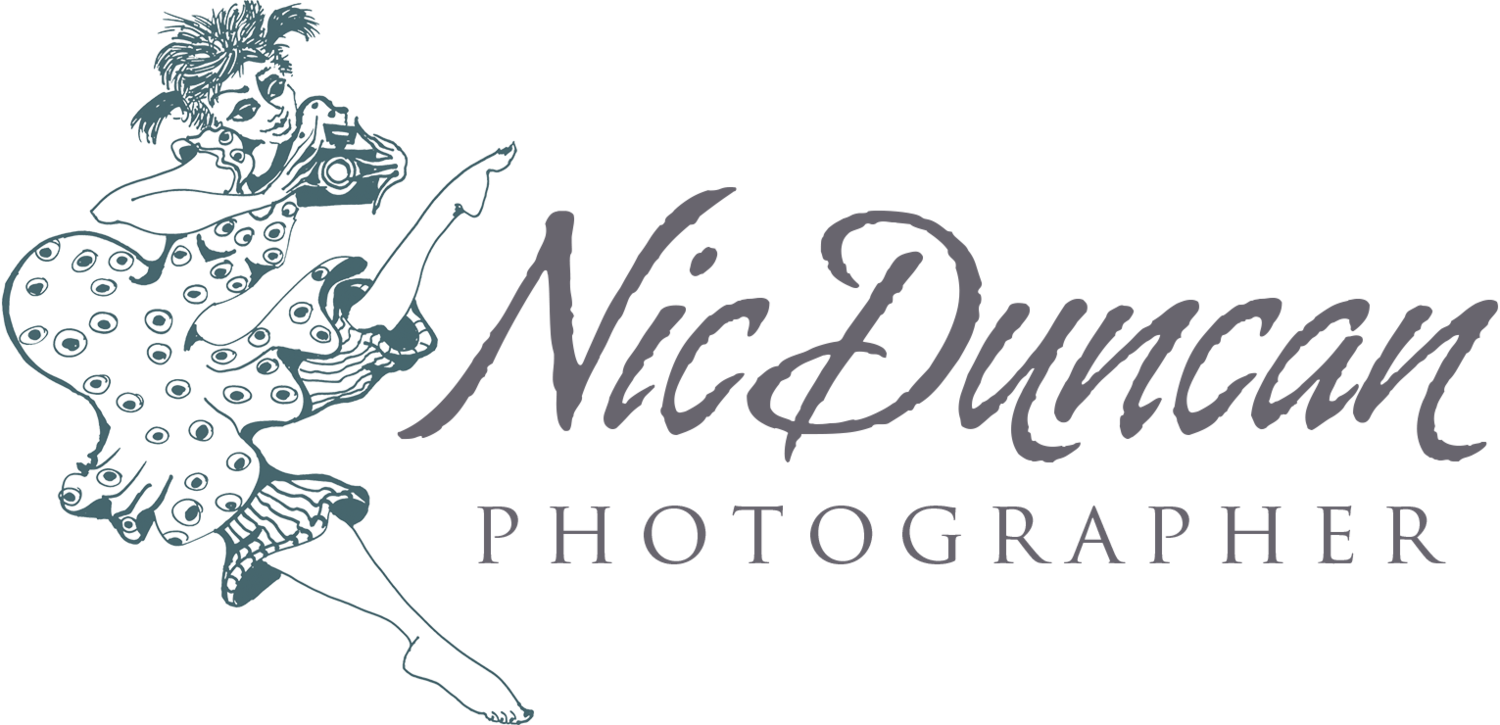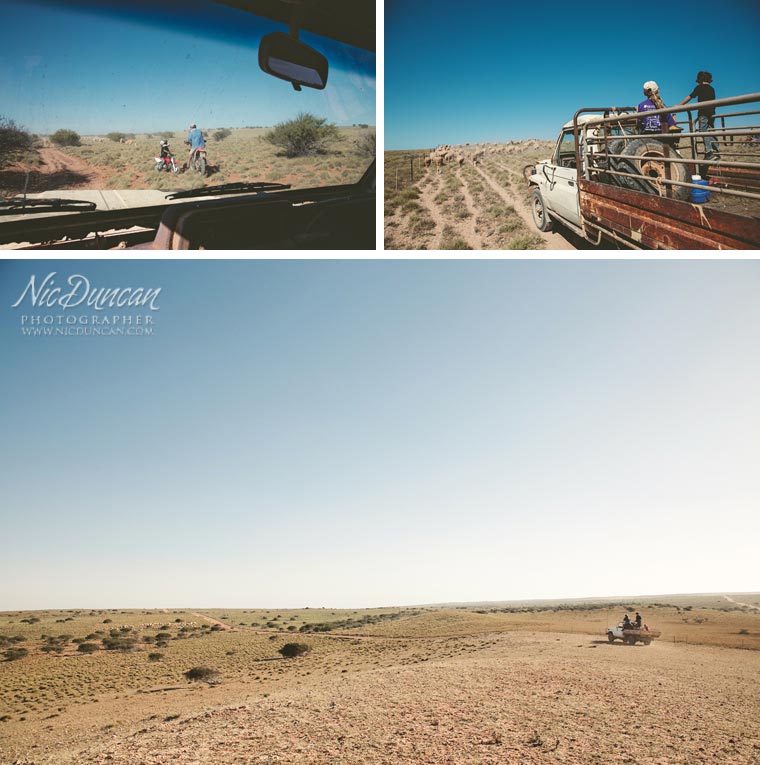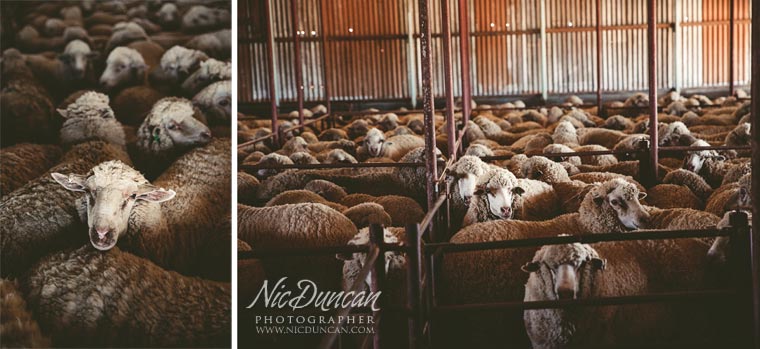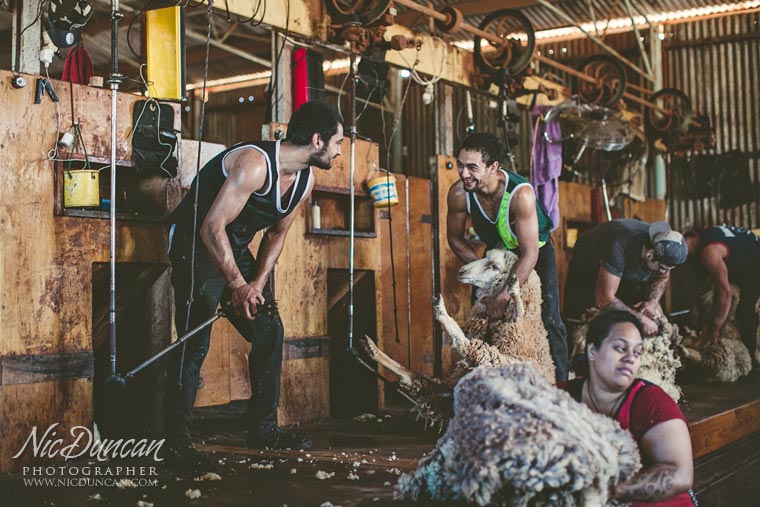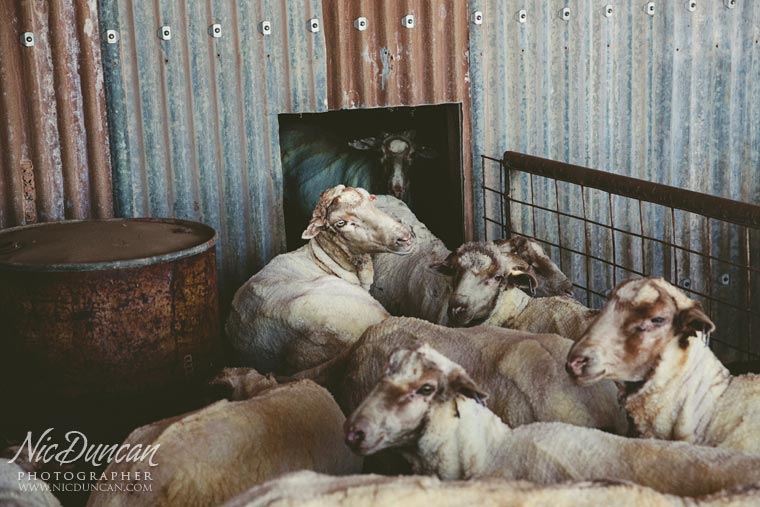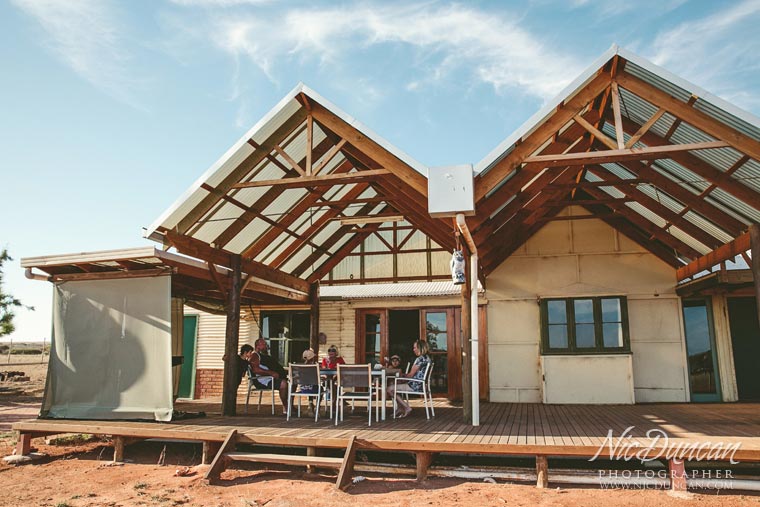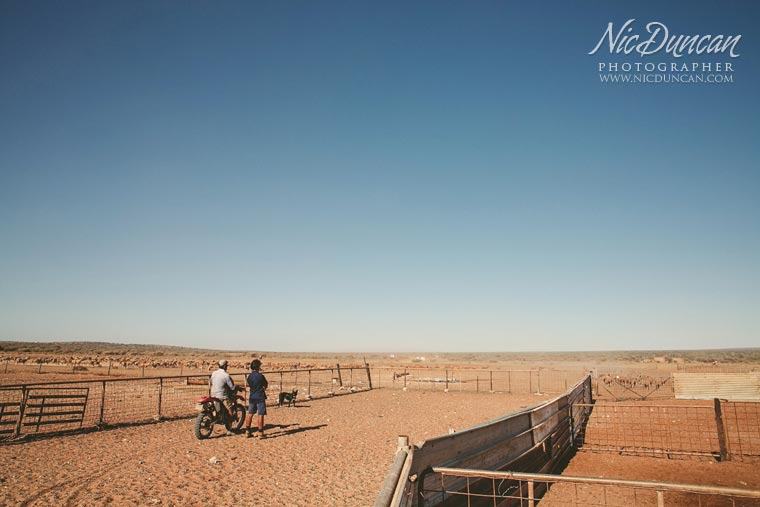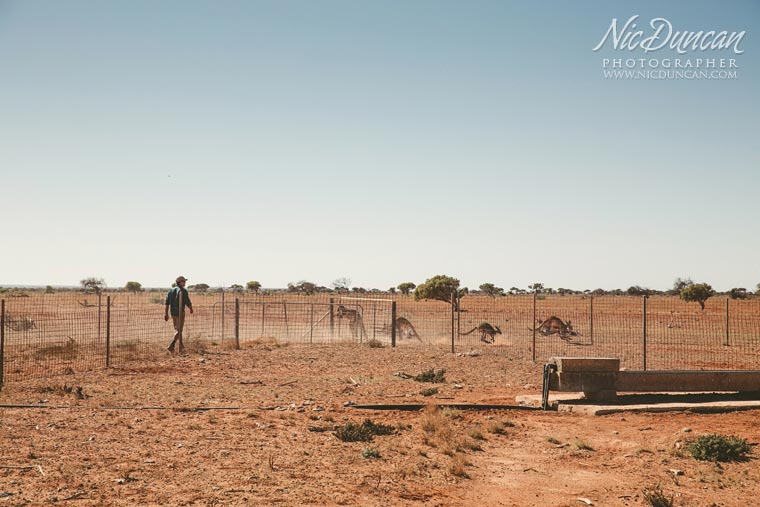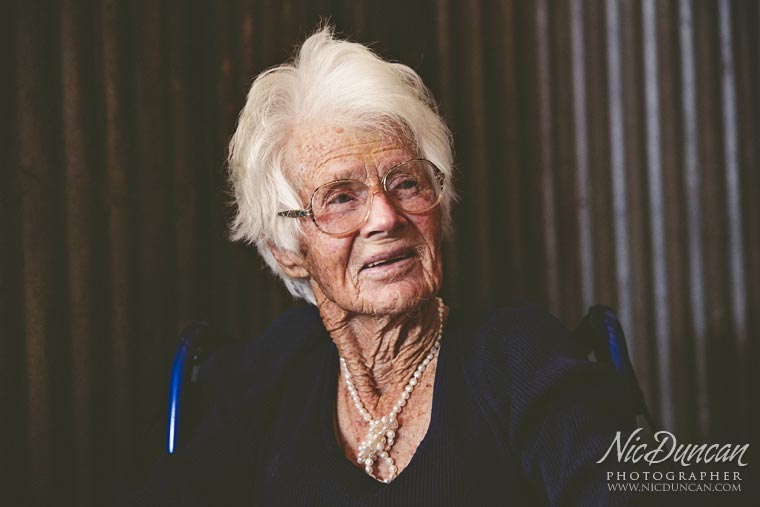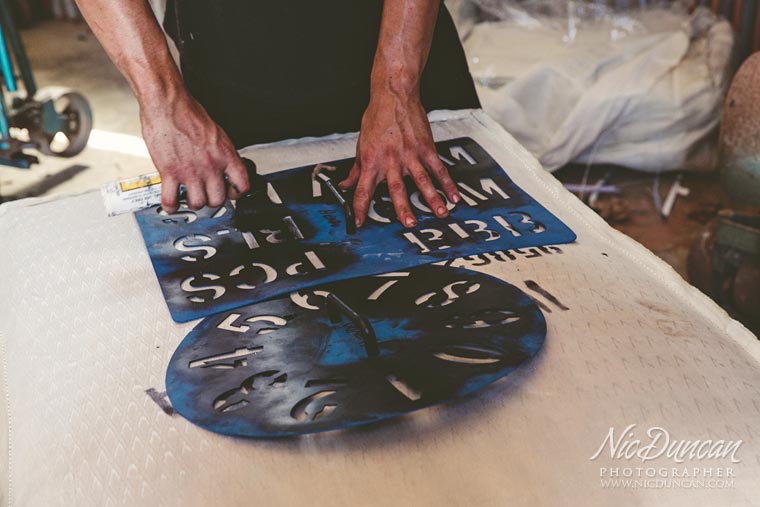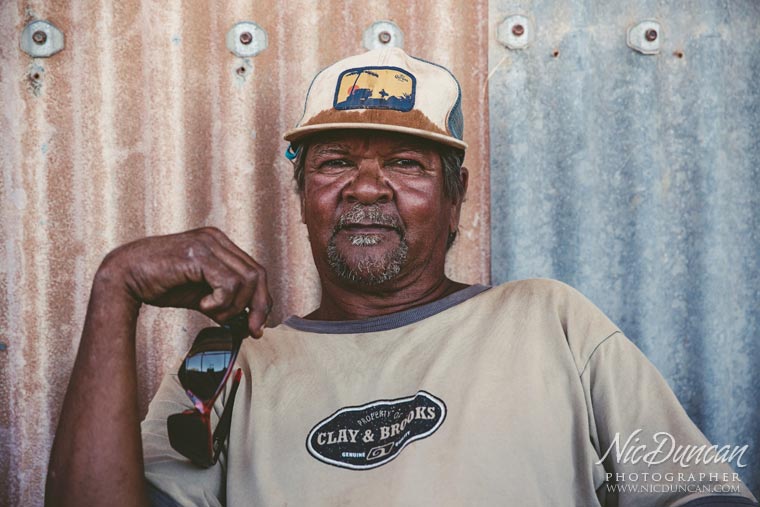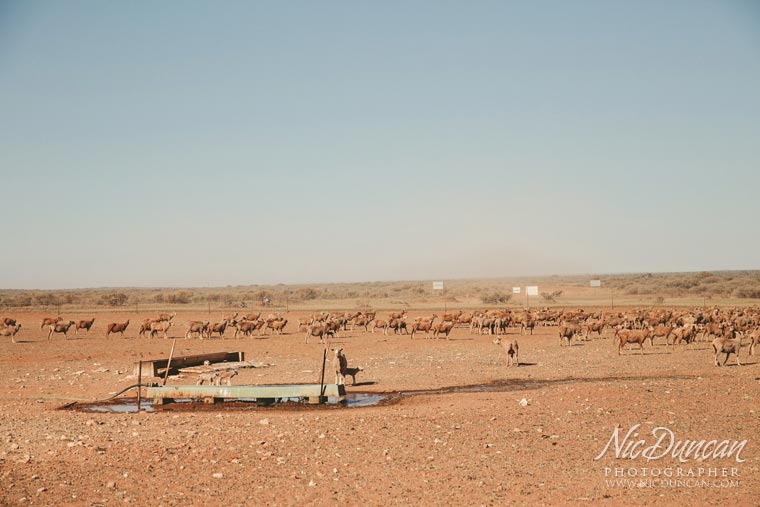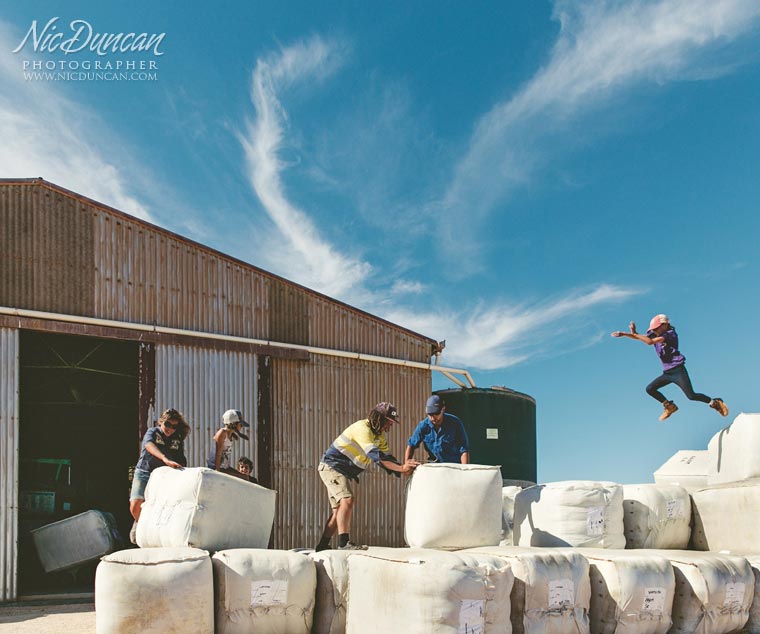Station life
At the end of last month, I was fortunate enough to venture back to Warroora Station in Western Australia’s north-west, to photograph shearing time. I normally head up there with my family to escape the south coast winter for a few weeks each year. We camp on the coast and get seriously back to basics, cooking on the campfire and washing in the ocean, so being there this time was a very different experience. Apart from having a roof over my head, a real bed and running water, there was the relentless south-westerly wind that is typical for this time of year, along with the higher temperatures. It’s the kind of weather where at the end of each day you think you’ve caught the sun only to discover that it’s a red dust coating that washes off in the shower.
As I prepared this blog post I became aware that there’s a lot of sky in these images! With the hills and the big trees down here in Denmark, our horizons are closer and smaller. Head north and you’re reminded that Australia is indeed a vast, sunburnt country.
Whether it’s on a small farm or a sprawling outback station,shearing is one of those special times when everyone pulls together and becomes part of the family, living, working and eating together. Even the young station kids (the Bush Chooks) get stuck in and work hard, mustering, drafting, drenching, feeding orphan joeys and lambs (including Lucky Lucy Lambington, pictured), and love every moment of it. And they play equally as hard - as generations of sheep station kids could tell you, there’s hours of fun to be had leaping around on the bales of wool, the playground expanding and changing daily as more sheep are shorn and wool is pressed.
Straddling the Tropic of Capricorn and covering over a quarter of a million acres, Warroora Station is extremely conscious of the environment, and proudly so. The owners only have a quarter of the stock that they are allowed to run and they rotational graze wherever possible, and there is an ongoing coastal revegetation project. Most of the damage to the land is caused by vermin such as goats, and this year, thankfully, that problem seems to be largely under control as hardly any have been seen. Wild dogs however are still a major issue across the country - as well as being a problem with livestock, they are vicious destructors of native wildlife (kangaroos being their preferred diet). Witnessing this first hand was heartbreaking.
There was a sense of completing a full circle with this little adventure. When I came travelling to Australia in 1988, I ran away with some Kiwi shearers and ended up working on Mia Mia Station, right next door to Warroora…just a few hundred kilometres down the road! That impulse decision was one of the pivotal moments of my life, as I spent the next few months exploring remote parts of Australia and the US with the shearers (that’s when I ran away with a cowboy…but that’s another story!), before getting a job on a sheep station way down at the bottom New Zealand, never to return to my life in England. I confess to loving the sights, sounds and smells of the woolshed during shearing :-)
I must just mention the shearer’s cook, Chris - I have never known shearers and roustabouts to be served such amazing food. Chris was whipping up everything from Tahitian raw fish salads to chocolate mud cakes, and in his spare moments, he would be found creating beautiful pieces of jewellery on the verandah of the shearers’ quarters.
Thanks so much to Marty and Muriel, Sasha, Eva and Nolan for welcoming me into your home, and to Leonie and Lesley for feeding me so well. See you next year! x
